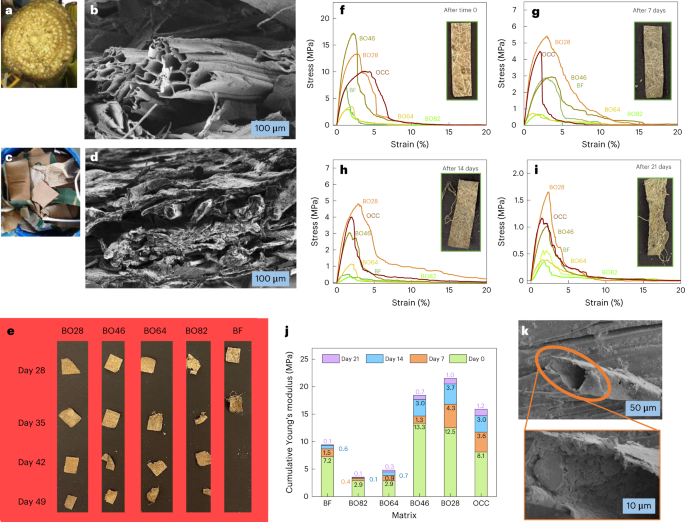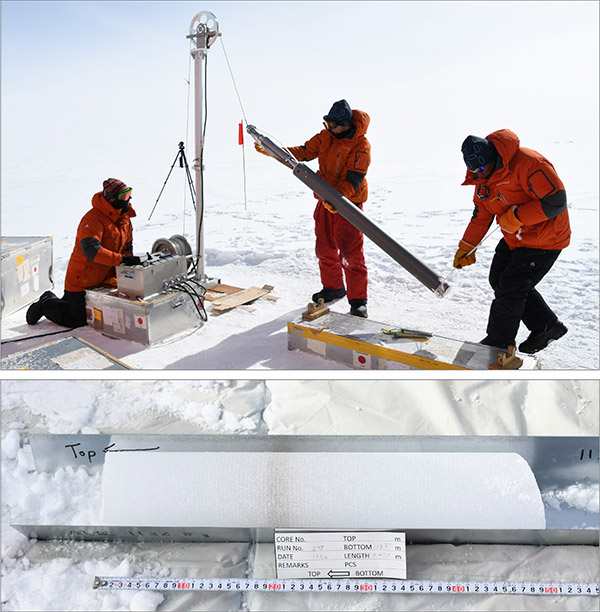長寿命太陽電池の処理メカニズムを説明する意外な結晶構造、さらなる材料探索の可能性を示唆 Unexpected Crystalline Structure Explains Mechanism of Long-Used Solar Cell Treatment and Hints That Further Materials Discoveries Await
2023-02-21 米国国立再生可能エネルギー研究所(NREL)
◆CdTe太陽電池の光吸収層は、人間の髪の毛の10〜100分の1程度の薄さの薄膜で構成されている。太陽電池、触媒材料、有機ELテレビなど、現代の多くのデバイスは、薄膜材料に依存している。これらの薄膜が接する面、すなわち界面は、髪の毛の10万分の1という薄さであり、デバイスの機能に重要な役割を担っている。薄膜界面の理解が深まれば、さまざまな材料の製造方法を改善することができる。しかし、原子レベルでの界面の正確な構造を研究することは、しばしば困難である。
◆CdTe太陽電池では、吸収した光子の電荷が、光吸収層と電荷を電気回路に運ぶ層との界面でトラップされ、失われることがある。1980年代にはすでに、CdTe太陽電池の研究者は、界面を少量の塩化カドミウム(CdCl2)で処理することにより、界面での電荷の損失を抑え、太陽電池の電力変換効率を向上させることができることに気づいていた。
◆米国国立再生可能エネルギー研究所(NREL)の研究者とカリファ大学、ボウリンググリーン州立大学、米国のCdTe太陽電池メーカーであるファーストソーラーの共同研究者による新しいアプローチにより、CdCl2界面の処理の詳細が明らかになりました。研究チームは、個々の原子や電子の振る舞いをモデル化することで、CdCl2処理された界面の可能な配置をシミュレーションした。
◆CdTe太陽電池の電子構造を計算し、電荷収集量を決定するためには、まず、これまでCdTe太陽電池で行われていなかった原子配列のCdCl2界面を決定する必要があった。そこで研究チームは、界面の構造予測アルゴリズムを実装した。このアルゴリズムでは、まず原子をランダムに配置して落ち着かせ、密度汎関数理論と呼ばれる手法を用いて原子力を計算した。このアルゴリズムでは、界面の原子の位置を小さいながらも現実的に変化させることを繰り返し、最もエネルギーの低い(安定な)構造を特定することに成功したのである。
◆NRELの計算材料科学者でこの論文の著者であるStephan Lany氏は、「私たちを驚かせたのは、界面で形成されたCdCl2が、バルク材料として形成されるのとは異なる構造をとっていたことです」と述べています。「界面の両側に一致する2次元構造を形成し、境界条件も単独で形成したときとは異なっています。これは、我々が知らない、あるいは期待していない材料や構造が、他の界面にも存在する可能性があることを意味しています。”
◆Applied Physics Reviewsに掲載されたこの研究成果は、CdCl2処理によって、より高性能なCdTe太陽電池が得られることを説明しています。CdCl2は、界面の両側で結晶構造に滑らかに接続することで、電荷を捕捉して太陽電池の出力を低下させる結晶構造の欠陥を低減させる。このような知見は、CdTe太陽電池のさらなる改良に役立つと期待される。
◆NRELの研究者たちは、界面で材料がどのように振る舞うかを研究し続ける予定である。その応用範囲は、太陽光発電にとどまらず、触媒材料、マイクロエレクトロニクス、電気化学(水素製造によく使われる水の分解など)、検出器材料にまで及ぶ可能性がある。
<関連情報>
- https://www.nrel.gov/news/program/2023/in-ultrathin-layers-nrel-researchers-find-a-path-to-better-materials.html
- https://aip.scitation.org/doi/10.1063/5.0104008
第一原理計算による原子レベルの薄い層間相が、無欠陥SnO2/CdTe界面を可能にする Atomically thin interlayer phase from first principles enables defect-free incommensurate SnO2/CdTe interface
Abhishek Sharan, Marco Nardone, Dmitry Krasikov, Nirpendra Singh and Stephan Lany
Applied Physics Reviews Published: 05 December 2022
DOI:https://doi.org/10.1063/5.0104008

ABSTRACT
Advancing optoelectronic and emerging technologies increasingly requires control and design of interfaces between dissimilar materials. However, incommensurate interfaces are notoriously defective and rarely benefit from first-principles predictions, because no explicit atomic-structure models exist. Here, we adopt a bulk crystal structure prediction method to the interface geometry and apply it to SnO2/CdTe heterojunctions without and with the addition of CdCl2, a ubiquitous and beneficial, but abstruse processing step in CdTe photovoltaics. Whereas the direct SnO2/CdTe interface is highly defective, we discover a unique two-dimensional CdCl2 interphase, unrelated to the respective bulk structure. It facilitates a seamless transition from the rutile to zincblende lattices and removes defect-states from the interface bandgap. Implementing the predicted interface electronic structure in device simulations, we demonstrate the theoretical feasibility of bufferless oxide-CdTe heterojunction solar cells approaching the Shockley–Queisser limit. Our results highlight the broader potential of designing atomically thin interlayers to enable defect-free incommensurate interfaces.



